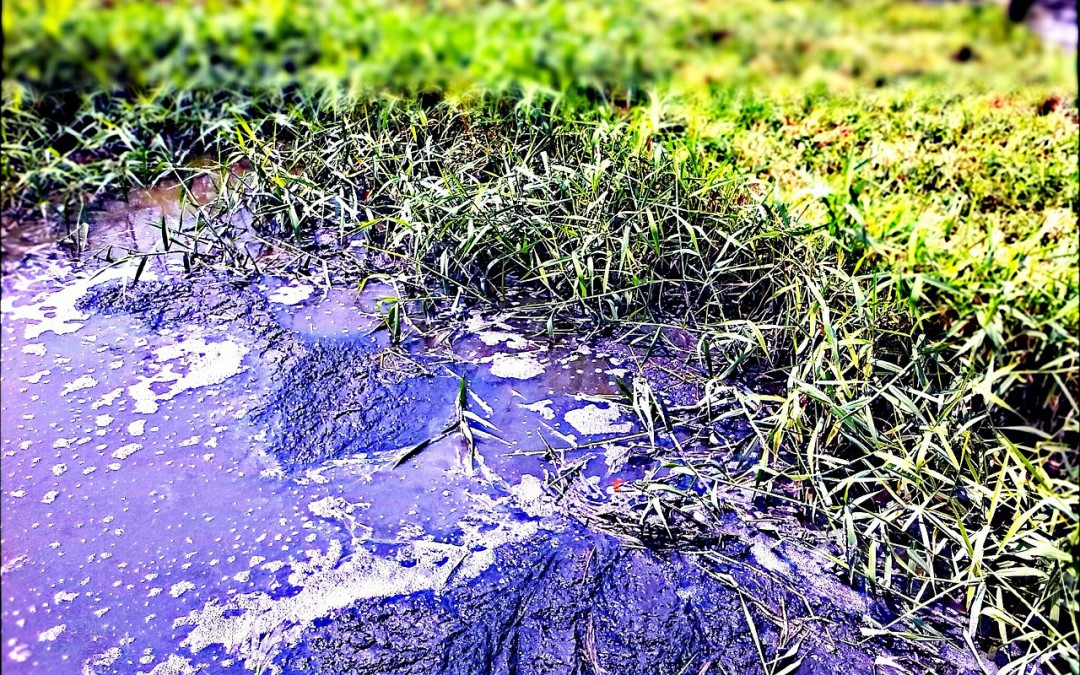Nanoparticles are so small that they remain undetected by the human eye, but we interact with them in the products we use everyday. From cosmetics to sunscreen to plastics, we’ve become heavily reliant on these tiny particles to strengthen and prolong the shelf life of household products.
Another class of nanoparticles such as graphene are finding revolutionary new ways to do everything from clean nuclear waste to build better batteries to engineer stronger smartphones. So it’s no surprise that these tiny particles have embarked upon a huge new quest to clean up the environment from harmful chemicals. Read on for two exciting scientific breakthroughs that could change the way we clean up after ourselves here on Mother Earth.
1. Trap the Chemicals
When two pharmacists turned chemical researchers set out to develop nanoparticles to carry drugs to cancer cells, they never imagined that what they would discover instead was a revolutionary way to extract toxic chemicals from the ocean.
Led by Ferdinand Brandl and Nicolas Bertrand, a research team from MIT and the Federal University of Goiás in Brazil successfully demonstrated how nanoparticles and UV light can be used to isolate and extract harmful chemicals from soil and water.
Toxic materials including pesticides often resist degradation through natural processes, meaning they linger in the environment long after they’ve served their purpose. These pollutants are harmful not only to humans and animals, but they also make it harder for Mother Nature to remain self-sustaining. What if a simple process using light and microscopic particles could effectively extract and isolate these toxic chemicals from the environment?
How Brandl and Bertrand were able to achieve this feat is scientifically complex, but the concept is beautifully simple. First they synthesized polymers made from polyethylene glycol—an FDA-approved compound you’ve likely used countless times in tubes of toothpaste or bottles of eyedrops. These polymers are biodegradable.
Because of the molecular nature of these polymers, they would normally remain suspended and evenly dispersed in a solution such as water. However, what the research team found was that by exposing the polymers to UV light, the polymers exhibited a new ability to surround and trap harmful pollutants in the water. Essentially, the polymers shed their shells and then cluster together around harmful pollutants, thereby allowing for easy extraction of the bad stuff by filtration or sedimentation.
The team demonstrated how this innovative method could extract phthalates, which are chemicals commonly used to strengthen plastic. As phthalates have recently come under fire for their wide ranging potentially harmful health effects, this method for removing them from wastewater could have huge benefits. The researchers also removed BPA from thermal printing paper samples and carcinogenic compounds from contaminated soil. Not too shabby for a microscopic particle and some light rays!
This method could prove a huge breakthrough for cleaning up the environment as its effects are irreversible and the polymers used are biodegradable. The really exciting news here, according to researchers, was proof positive that small molecules can in fact adsorb passively onto nanoparticle surfaces. For a more technical description of how this process will be a huge game changer, check out this article from MIT.
2. Shake out the Contaminants
Meanwhile, researchers in the physics department at Michigan Tech have found another way to potentially use nanomaterials to clean the ocean. Using the basic scientific principle that oil and water do not mix, a team led by research professor Dongyan Zhang demonstrated a method of shaking pollutants out of liquids that could be scaled up to clean the ocean.
Unlike polyethylene glycol polymers, many nanoparticles used in commercial products like makeup and sunscreen are not biodegradable, and their effects on the ocean are a huge problem. Zhang’s team tested the shake-to-clean method on nanotubes, graphene, boron nitrite nanosheets, and other microscopic substances. They found that shaking out the contaminants from such tiny particles could be a much more effective method than mesh or filter paper.
So far the research team has successfully extracted nanomaterials from contaminated water in tiny test tubes with just a minute of hand shaking. The next step will be to figure out how to scale up this solution so it can be a viable means of cleaning the contamination out of a source of water as big as the ocean.
Scientists on the forefront of researching nanoparticles as tiny trash compactors are taking all kinds of interesting approaches to how best to clean the environment, but they all have one thing in common: the simplest methods are often the best methods, especially when it comes to complicated problems.
